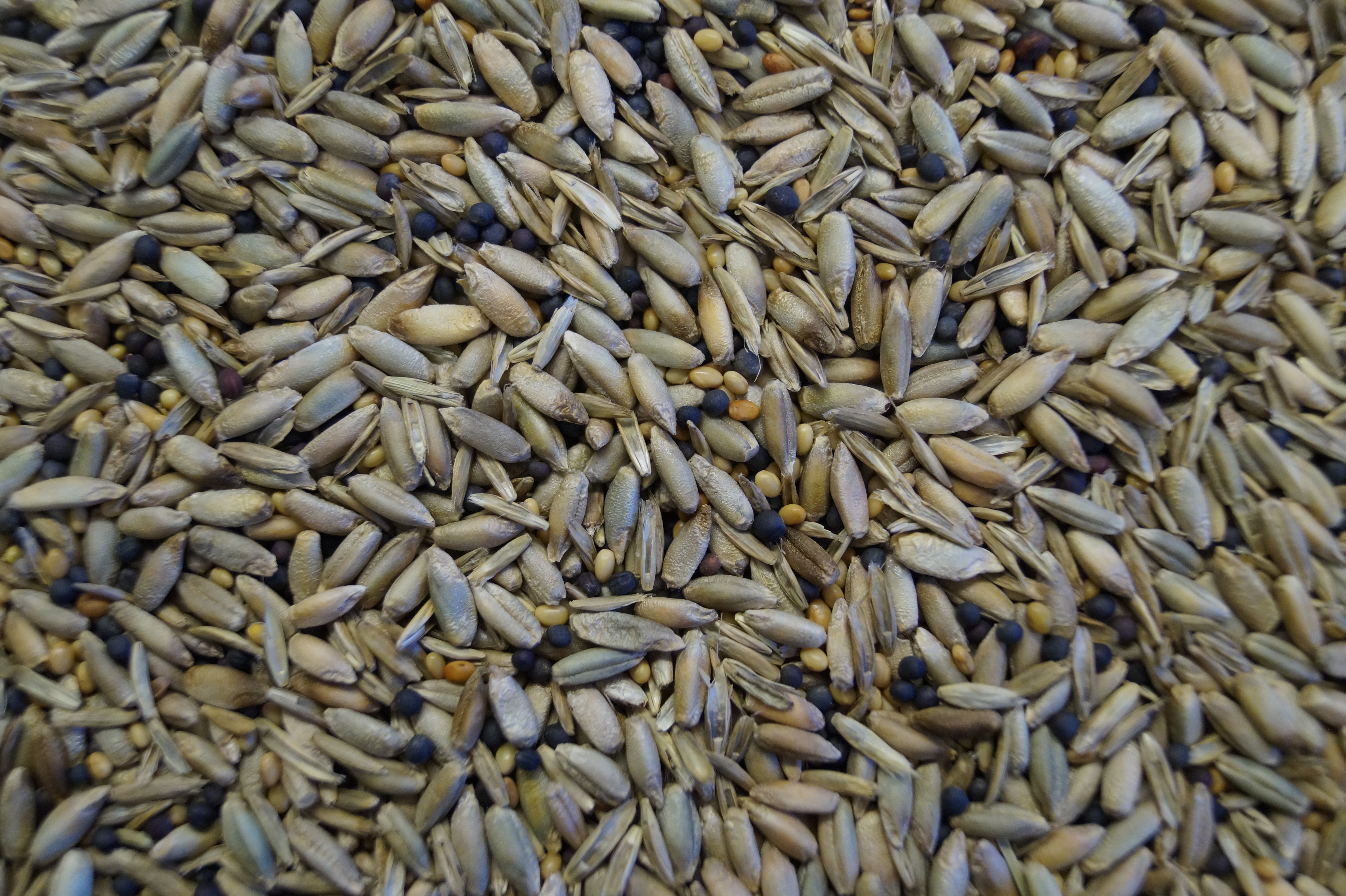International
Viterra®
viterra® WINTERQUARTETT ÖKO viterra® Cover crop blend
Advantages
...for flexible winter vegetation and fodder use
- Frost-hardy blend of interacting components for fodder production, soil improvement and soil protection: viterra® WINTERQUARTETT ÖKO can be used as fresh fodder, late pasture and silage
- For winter greening with long growth phase for overgrown soils to stimulate soil microbiology and increase soil fertility
- The shallow, loose incorporation of green manure in the spring maintains the soil structure and creates ideal sowing conditions for maize
- For grazing and fodder use with balanced and tasty components in high fodder quality
Blend details
Weight %
11.5 % crimson clover
13.5 % Italian ryegrass
8 % Winter forage rape EMERALD
67 % Winter rye INSPECTOR
13.5 % Italian ryegrass
8 % Winter forage rape EMERALD
67 % Winter rye INSPECTOR
Free of crucifers
No
Free of legumes
No
Free of grass
No
Winter hardy
Yes
General description
General description
| - - - - | - - - | - - | - | 0 | + | + + | + + + | + + + + |
---- = very low resistance/early/short, ++++ = very high resistance/late/long
Agronomic features
Weed suppression









Protection against erosion









Ground water protection / Nitrogen conservation









Humus formation









Cold- and frost resistance









Drought tolerance









Type of root
Tuft root + Tap root
Representative
P.H. Petersen Saatzucht Lundsgaard GmbH
All variety descriptions have been prepared in accordance to the best of our knowledge, considering trial results and observations. A guarantee or a liability in individual cases is not possible, because the growth conditions are subject to substantial fluctuations.
Cultivation
Crop rotation suitability
Maize
++
Cereals
++
Oilseed rape
Sugar beets
Potatoes
Intensive crops
Legumes
Cultivation recommendations
Recommended sowing rate
50 kg/ha for winter greening, 80 kg/ha for fodder use
Sowing depth
2-3 cm
Sowing period
June until October, suitable for early and late sowing
Representative
P.H. Petersen Saatzucht Lundsgaard GmbH
All variety descriptions have been prepared in accordance to the best of our knowledge, considering trial results and observations. A guarantee or a liability in individual cases is not possible, because the growth conditions are subject to substantial fluctuations.


